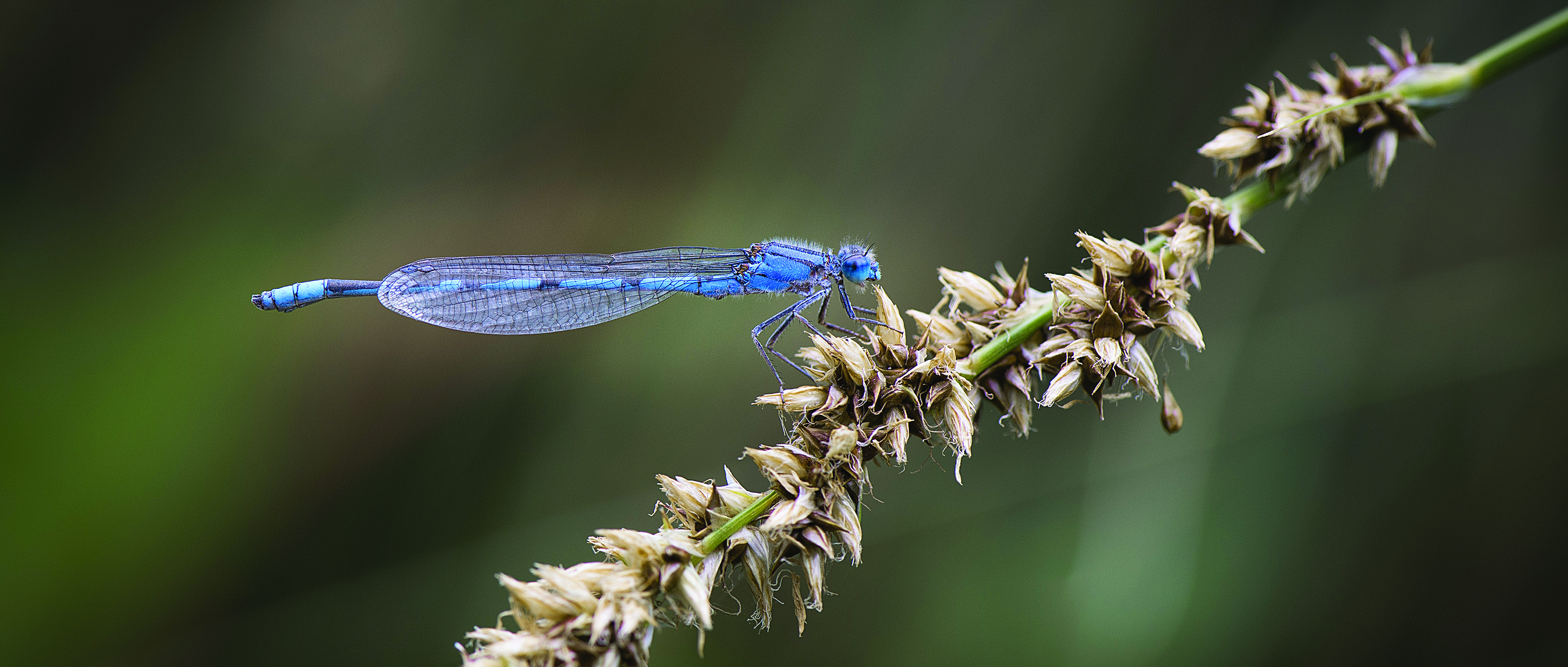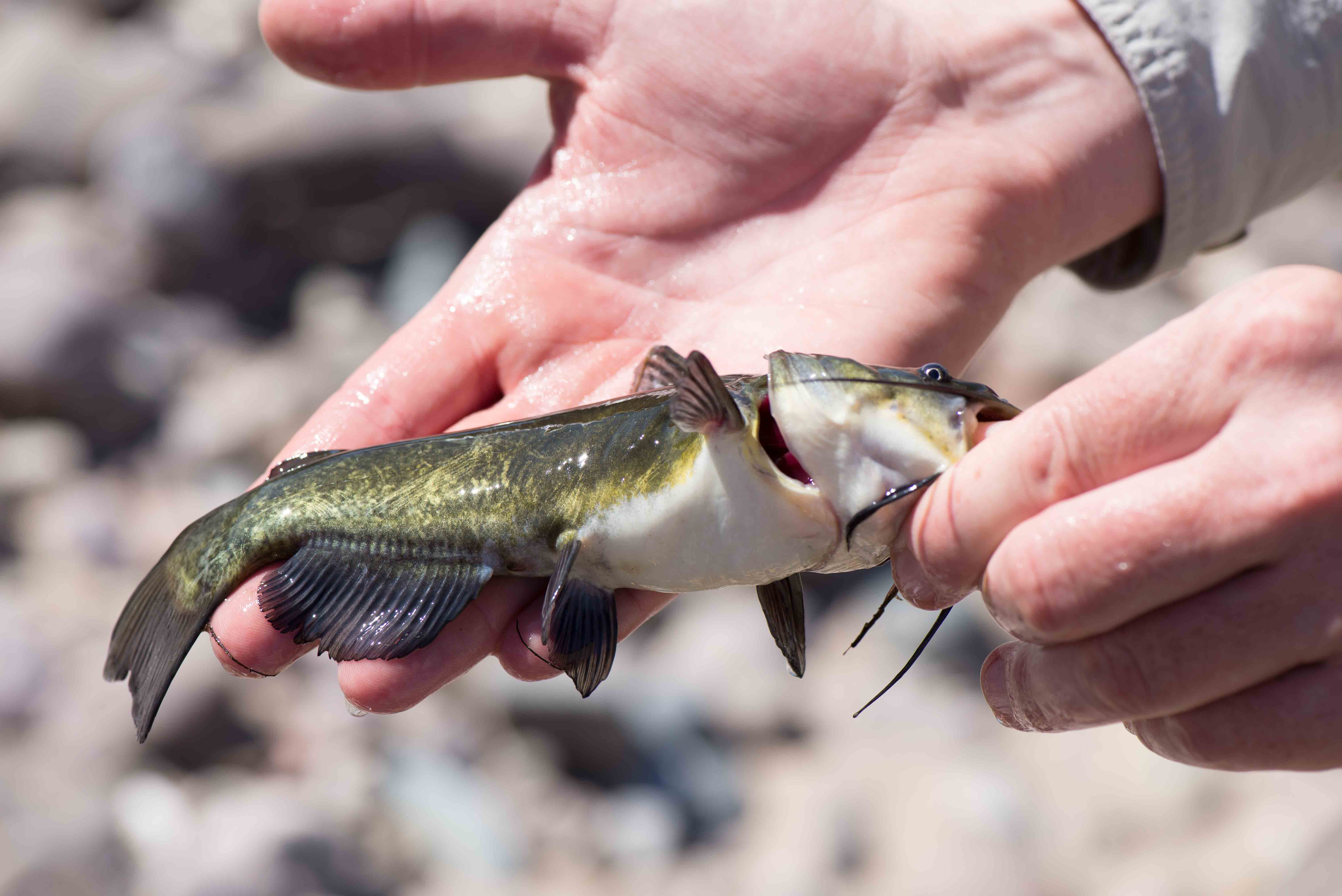
If you live in Tucson, Arizona, the Santa Cruz is your Living River. Though many locals are familiar with the dry stretch visible from downtown, residents are often surprised to learn that the Lower Santa Cruz, the stretch of the river from the Sweetwater wetlands north to Marana, flows year-round. However, birders and bicyclists traveling The Loop recreational trail know that two water reclamation facilities have been creating a lush ribbon of green for decades. This is only possible with the regular releases of effluent (highly treated wastewater) into the river channel. This corridor of renewed riparian area provides a haven for resident and migrating birds, cool relief from our desert heat, and a sense of what the river looked like when the first people arrived to this valley over 12,000 years ago.
To help connect Tucson residents with the Santa Cruz River and share results of our community’s investment, we developed the Living River annual report series for the Lower Santa Cruz. This is a sister series inspired by our Living River reports for the Upper Santa Cruz, another stretch of the river that flows year-round with releases of effluent from the Nogales International Wastewater Treatment Facility. Beginning with a baseline report on pre-upgrade conditions in 2013, the third report is now available which includes results from the 2015 water year and the first full year since the upgrades were completed in December 2013.
What are our important findings this year? We’ve seen tremendous improvements in water quality and clarity on normal, non-flooding days. High water quality has allowed four species of fish (Western Mosquitofish, Common Carp, Black Bullhead, and Green Sunfish) to call the river home. And perhaps most importantly for those of you spending time along The Loop or living near the facilities, very little odor now escapes past the fence lines under normal operations. So you should now only smell the river and not the “rotten egg” smell associated with the reclamation process!

So why is this important and why should we even track the health of the Santa Cruz? Well, rivers sustain communities by providing things like fresh water, natural flood regulation, and countless recreation opportunities. The Santa Cruz is why you can call Tucson home, because for thousands of years the river was the only source of water, what better reason do you need? Also, you don’t get many opportunities to walk in the shade along a flowing river, so we need to take care of this rare gem. Like all rivers, the Santa Cruz is very dynamic and influenced by many factors. Much like a doctor tracks our cholesterol and blood pressure, we can track a variety of indicators of river health to better understand how management actions impact conditions in the river.
How are these improvements even possible? Back in 2013, Pima County invested over $600 million to upgrade the facilities releasing effluent into the river. Since cleaner water is a key ingredient to a healthier river, we’ve partnered with Pima County on the Living River Project to monitor and communicate the changes and improvements along the Lower Santa Cruz with respect to water quality, wildlife, and more.
How can you learn more? Our public engagement doesn’t stop with the report. We are continually trying to educate the community by sharing a bit more about the science and research that is involved in the project. We’re hosting a Living River event on July 21 and we encourage you to attend because the future direction of our Living River project is entirely dependent on your support.
For more information, please download your copy of the Living River report for the 2015 water year. Also, you can view the artwork and poetry of Tucson-area students who were inspired by the Santa Cruz River and the collaborative Living River of Words program. Learn more at Living River of Words.


